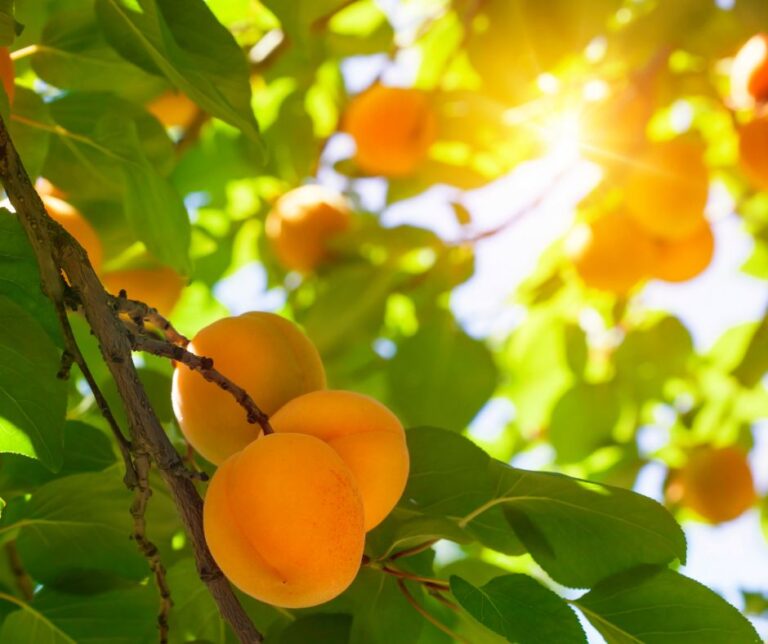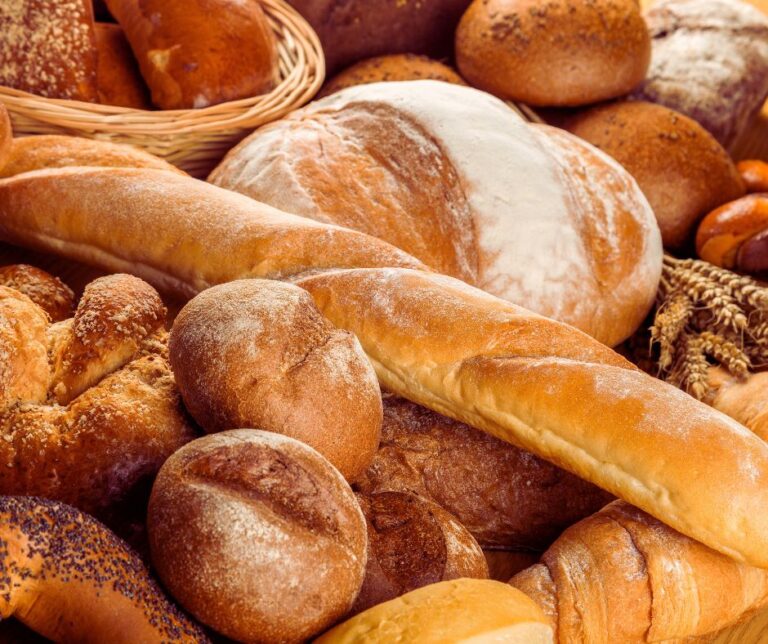From Scraps to Soil: How Long Does Compost Take & Tips to Expedite the Process
If you’re asking ‘how long does compost take,’ expect anywhere from a few weeks to a full year or more. Influenced by many factors, like your chosen method and materials, composting is not a one-size-fits-all endeavor. Continue reading as we breakdown these elements and provide tips to expedite the composting process.
Key Takeaways
- Composting timelines vary according to the composting method, material size, and management: hot composting may take 1-2 months; cold composting typically requires 6 months to 2 years; and vermicomposting can yield compost in 6-8 weeks.
- Factors influencing composting time include material composition, environmental conditions such as pH and temperature, and the carbon-to-nitrogen ratio, which should be around 30:1 for optimal microbial activity.
- To expedite composting, balance green and brown materials, shred or chop organic input to increase surface area, and aerate by turning the pile regularly to maintain necessary oxygen levels for efficient decomposition.
Composting Timeline: From Start to Finish
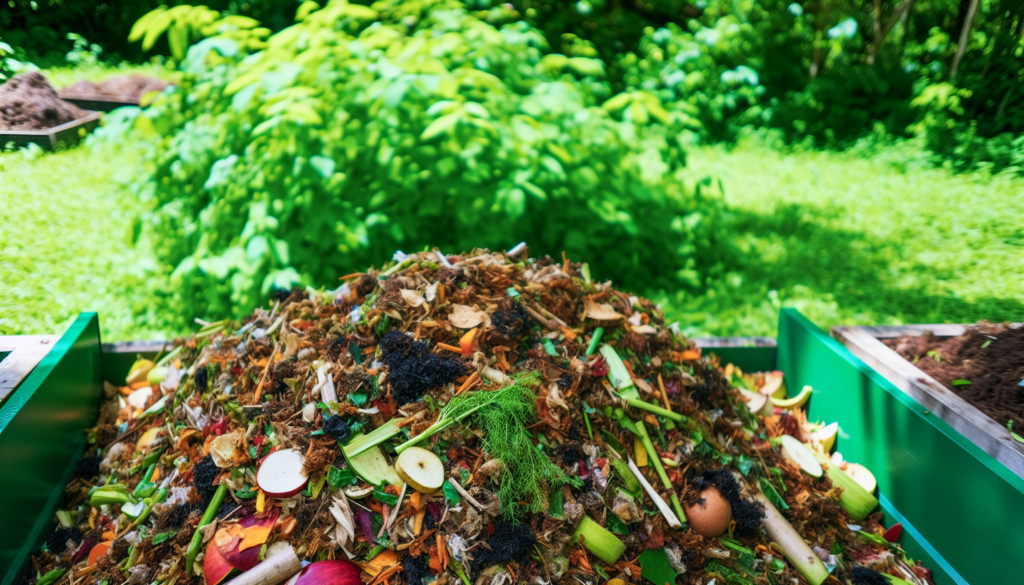
Composting is a patience game. Depending on material size, pile management, and method used, the composting process can take anywhere from a few weeks to over a year, with a general timeline ranging from 6 months to 2 years. Many people wonder, “how long does it take?” For instance, an unmanaged leaf pile could potentially take more than a year to break down.
Bear in mind, high-quality compost necessitates a good amount of time and a well-organized system. The intended use of compost also affects its maturation time. For example, compost for mulch or top-dressing can be ready quicker than compost intended for container planting, which needs thorough composting.
Types of Composting Methods and Their Duration
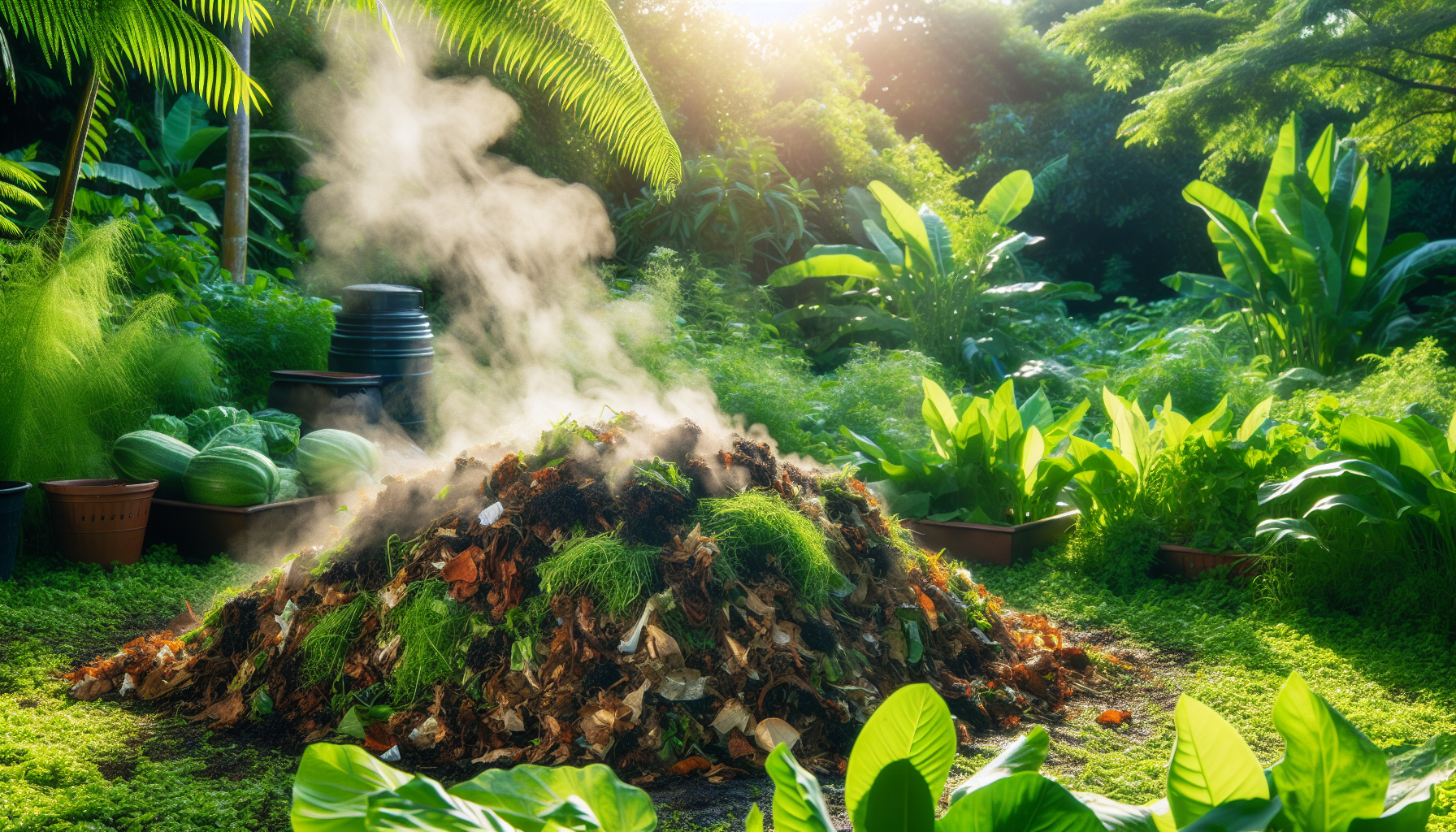
We will explore the three primary composting techniques, each with unique durations: hot composting, cold composting, and vermicomposting. Hot composting typically takes 1-2 months, while cold composting takes 6 months to 2 years.
Contrarily, vermicomposting is a swift process, requiring merely 6-8 weeks to yield a decent volume of compost.
Hot Composting
Hot composting, also known as thermophilic composting, is a speedy method that can produce usable compost in just a few weeks under perfect conditions. The process involves:
- Mixing or turning the pile frequently
- Maintaining high temperatures that can deactivate many weed seeds
- Minimizing the potential for weed growth when the compost is applied to soil
The completion of hot composting can be determined when the pile ceases to produce substantial heat. This high-temperature composting method is particularly beneficial for gardeners dealing with copious amounts of weed seeds.
Cold Composting
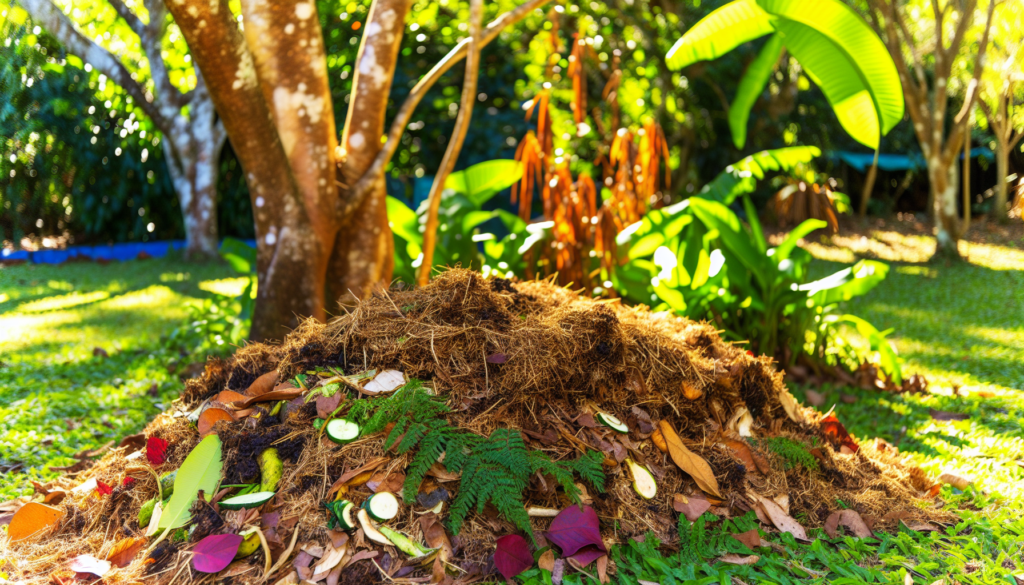
Cold composting is a more relaxed approach to composting, requiring minimal labor but a lot of patience. This method typically takes at least a year, and can take up to two years to produce finished compost.
This method merely involves forming a heap of organic waste and allowing nature to manage the rest. While it may take longer than hot composting, it’s a hassle-free method that’s perfect for those who prefer a hands-off approach to composting.
Vermicomposting
Vermicomposting is a unique method making compost that utilizes the natural abilities of worms to turn organic waste into nutrient-rich compost. This method typically takes about 6-8 weeks to produce a reasonable amount of compost.
One of the key advantages of vermicomposting is the natural aeration process. Worms introduced to the compost pile actively create tunnels that naturally aerate the compost, significantly enhancing the aeration and decomposition process. This makes vermicomposting a great choice for those looking for quick and efficient composting.
Factors Affecting Composting Time
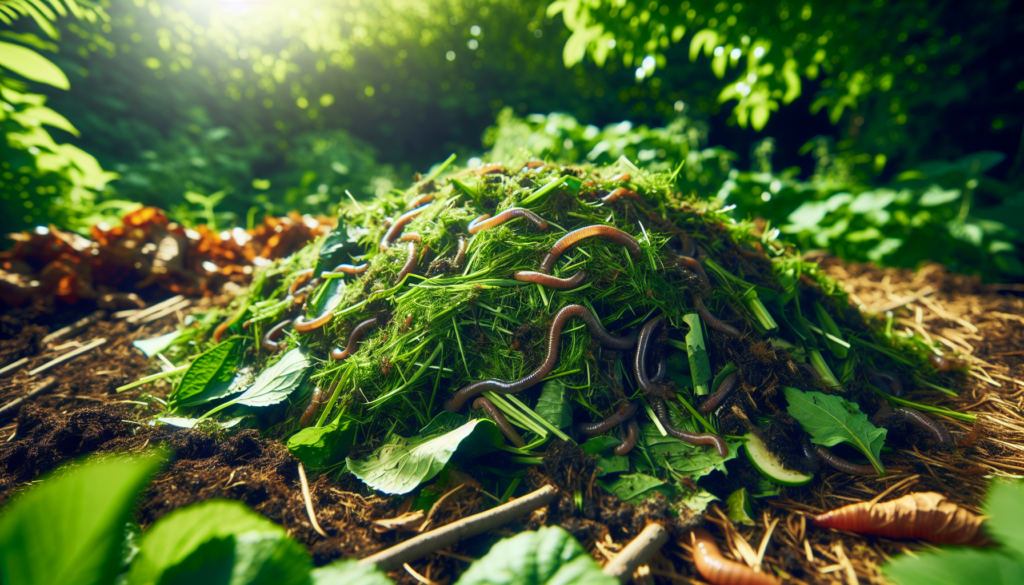
Several factors can affect the time it takes for your compost pile to mature. Material composition is one such important factor here. The use of leaves, garden trimmings, and kitchen scraps, and the size of these materials can drastically affect compost maturity, with smaller, shredded items accelerating the process.
Environmental conditions such as the pH level, the volume of compost material, and the use of additives like lime or nitrogen sources also play a significant role in the composting timeline. Optimal microbial activity requires specific levels of temperature, ideally between 90° and 140° F, and moisture content, maintained between 40-60%.
Utilizing methods such as hot composting, turning the good compost pile to optimize microbial activity, and managing the size and density of the compost piles can considerably trim down the time required to produce compost.
Tips to Speed Up the Composting Process
We must implement strategies that address the compost pile’s requirements to hasten the composting process. These include balancing green and brown materials, shredding or chopping organic materials, and aerating and turning the compost regularly.
Let’s examine each of these tactics in detail.
Balancing Green and Brown Materials
The key to effective composting is maintaining a balance between green and brown materials, both of which are types of organic material. An optimal carbon-to-nitrogen ratio (C:N) of 30:1 promotes the ideal microbial activity. Green materials, rich in nitrogen, are crucial for heating up the compost pile, accelerating the growth and reproduction of microorganisms. On the other hand, brown materials, rich in carbon, provide sustenance for soil-dwelling organisms and maintain adequate air circulation within the compost pile.
The recommended compost mix ratio is generally 3 to 4 parts brown materials to 1 part green materials. Precision is not paramount for effective composting, but an imbalance—such as having insufficient greens or too few browns—can result in a cold pile or unpleasant odors, respectively, which can be fixed by adjusting the green to brown ratio.
Shredding or Chopping Organic Materials
The composting process can be significantly accelerated by shredding or chopping organic materials prior to their inclusion in a compost heap. This pre-compost process increases the surface area on which microorganisms can feed, resulting in faster decomposition.
Smaller particles from shredded or chopped materials, such as grass clippings, yield a more uniform compost mixture, enhancing insulation and maintaining optimal temperatures for composting. Additionally, these materials contribute to a balanced mix of particle sizes, ensuring an optimal balance of density and porosity for composting.
Aeration and Turning the Compost
Aeration, which provides the oxygen necessary for aerobic bacteria to effectively decompose organic matter, is essential for composting. Regularly turning the compost pile helps mix the compost material, ensuring the distribution of oxygen throughout the pile for uniform decomposition.
Using bulking agents such as straw or wood chips can improve the compost’s structure by creating air pockets, thus enhancing airflow and facilitating aeration. The frequency of turning can vary, with some gardeners recommending turning every few weeks, while others suggest a more rigorous schedule of every 3-4 days. Whatever the frequency, turning helps maintain the necessary oxygen levels for aerobic decomposition.
How to Tell When Your Compost is Ready
Determining when your compost is ready for use can be as straightforward as monitoring its physical attributes. Ready compost will have:
- Cooled down
- Turned a rich brown color
- Decomposed into small, soil-like particles with a dark, crumbly appearance
- Reduced in size by about half from its original volume, signifying a significant amount of decomposition.
Finished compost should possess the following characteristics:
- An earthy odor
- No sour or ammonia-like smells
- No recognizable pieces of the original organic materials
- Passed through the curing phase without producing heat
If your compost meets these criteria, it is ready for use in your own compost bin, including the addition of fresh grass clippings.
Benefits of Using Compost in Your Garden
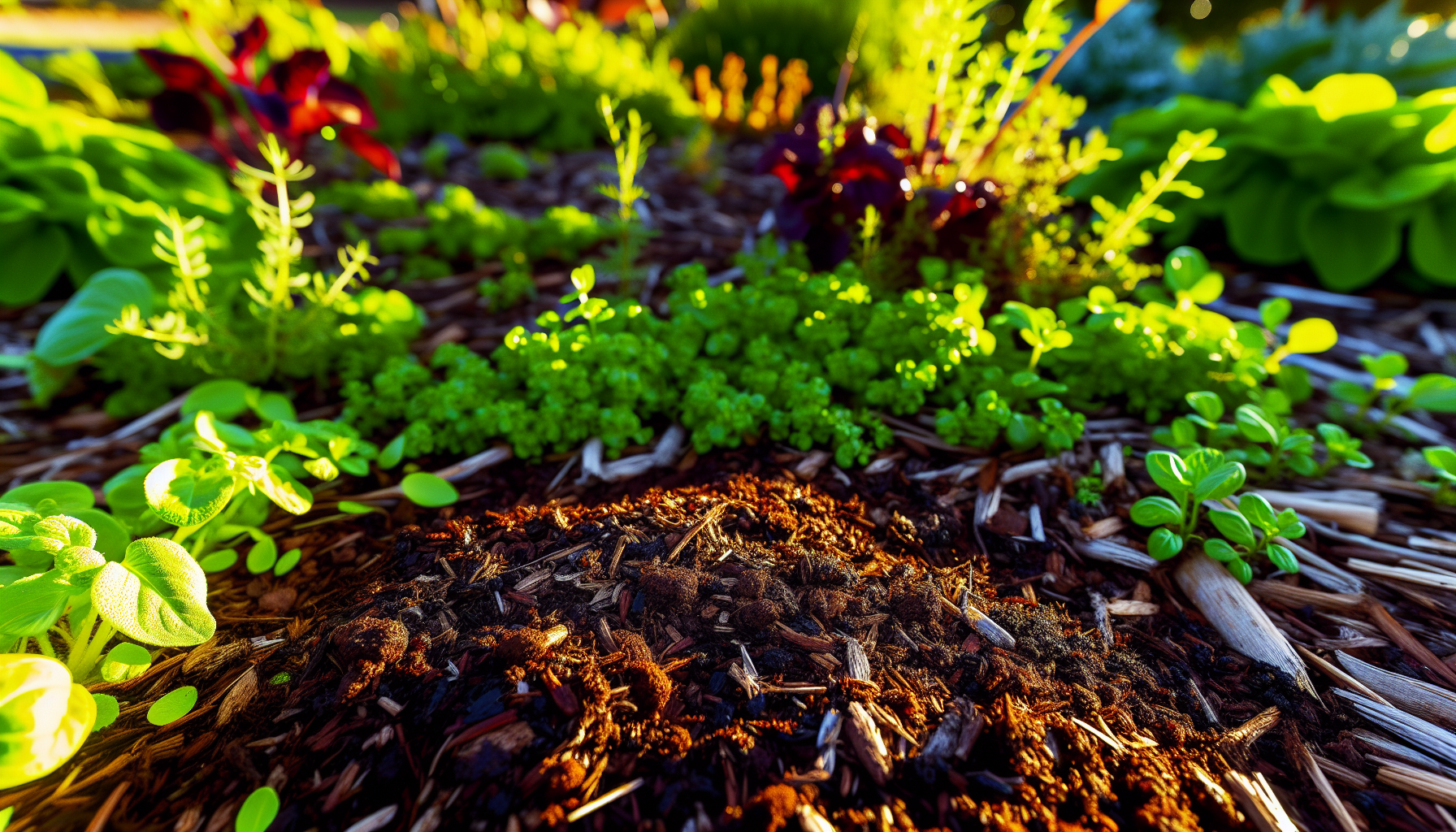
The rewards of your composting efforts are best realized when the compost, made from garden debris, is applied in your garden. Compost enhances overall soil health by improving soil physical properties such as soil structure and aggregate stability, which in turn contributes positively to plant growth.
The use of compost in garden soil offers several benefits, including:
- Increased cation exchange capacity, which enhances nutrient retention and supplies essential nutrients like nitrogen, phosphorus, and potassium
- Improved soil pH balance
- Promotion of deeper plant rooting
- Improved soil density
- Maintenance of moisture levels
- Increased resistance to pests and diseases
- Healthier growth of plants
Additionally, it contributes to water conservation by reducing soil erosion, moderating soil temperature, and supporting stormwater management.
Summary
To sum up, composting is a sustainable process that not only enriches your garden soil but also contributes to reducing landfill waste. Whether you opt for hot composting, cold composting, or vermicomposting, understanding the timeline and factors affecting composting, and implementing the tips to speed up the composting process, can result in a rich, crumbly, composted top that breathes life into your garden.
So, why not embark on this composting journey? Not only will you be contributing to a healthier planet, but you’ll also be rewarding your garden with the best possible nutrient-rich soil. Remember, your food scraps today could be the life-giving compost for your garden tomorrow!



